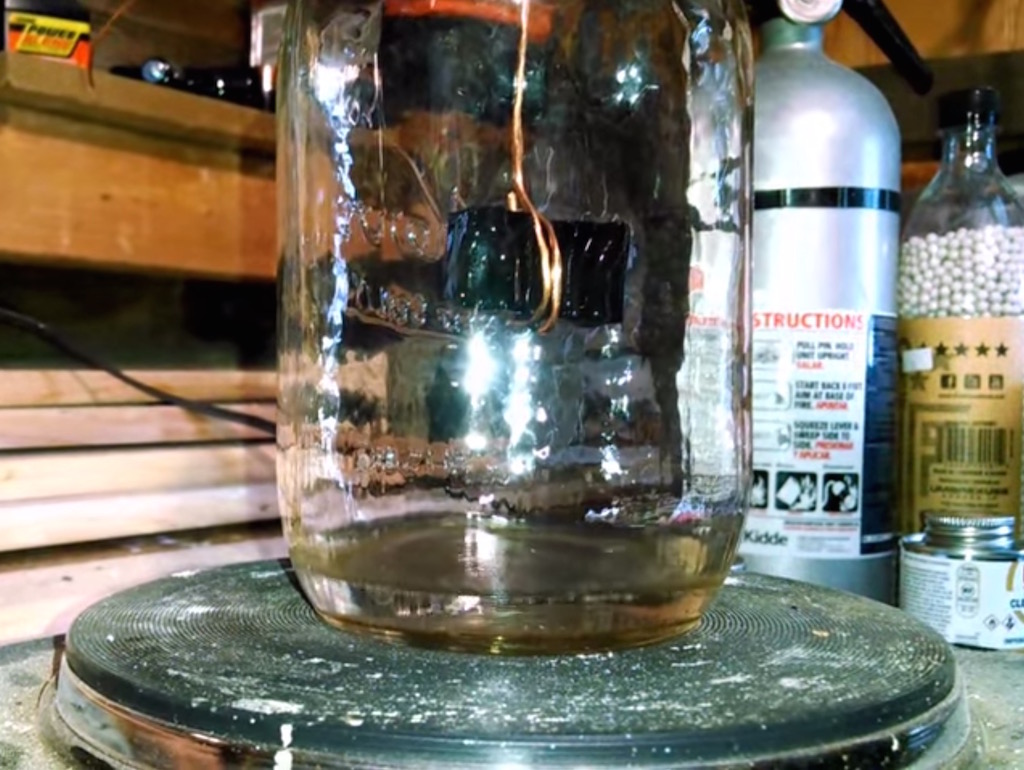
For years hobbyists have been smoothing their ABS plastic 3D prints with acetone vapor, but PLA has had no solution. A video shows a potentially useful method using PVC pipe cleaner.
Acetone is a relatively easy substance to obtain and works very well on ABS plastic. The ABS melts slightly in the presence of acetone vapor, and if removed from the vapor at the right moment, the print assumes a very smooth and shiny finish.
This is fantastically easier than laboriously sanding 3D prints, which is sometimes nearly impossible for certain complex shapes.
However, acetone doesn’t work at all for PLA plastic, which many 3D printers use as material.
There are indeed chemicals that can soften PLA, and one is THF, the abbreviation for tetrahydrofuran. This chemical is found in some PVC pipe cleaner formulations.
The folks at 3D Print Tips put together a video of the process using this substance to smooth PLA prints.
It seems to work well, but there are several safety considerations. The MSDS (Material Safety Data Sheet) for Tetrahydrofuran does include some nasty warnings:
-
Hazardous in case of skin contact (irritant), of eye contact (irritant). Slightly hazardous in case of skin contact (permeator), of ingestion, of inhalation
-
MUTAGENIC EFFECTS: Mutagenic for mammalian somatic cells. Mutagenic for bacteria and/or yeast.
-
The substance may be toxic to blood, kidneys, lungs, liver, upper respiratory tract, skin, eyes, central nervous system (CNS). Repeated or prolonged exposure to the substance can produce target organs damage.
Oh, it’s also “highly flammable” and “Explosive in presence of open flames and sparks, of heat.”
And:
-
Vapor may travel considerable distance to source of ignition and flash back. May form explosive mixtures with air.
-
Reacts explosively with lithium-aluminum alloys, and Sodium Aluminum Hydride, Potassium hydroxide, Calcium Hydride.
-
Prolonged storage, and exposure to air and light may cause formation of unstable explosive peroxides especially when anhydrous and unless it is inhibited against peroxide formation
The MSDS goes on to recommend significant personal protective gear be worn when using this material, and even suggests a “full suit” be worn if significant spills occur, and “Suggested protective clothing might not be sufficient; consult a specialist BEFORE handling this product.” Needless to say, this material must be used only in a very well-ventilated area that is separate from living space.
So Tetrahydrofuran may do the smoothing work for us, but you must have a pretty significant workshop safety configuration before we’d consider using it. Meanwhile, we have to buy some more sandpaper.

